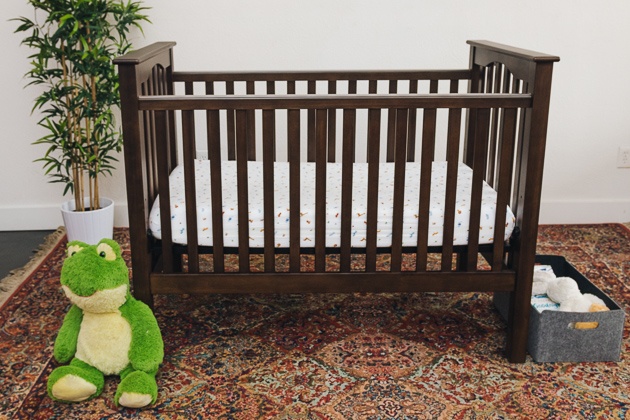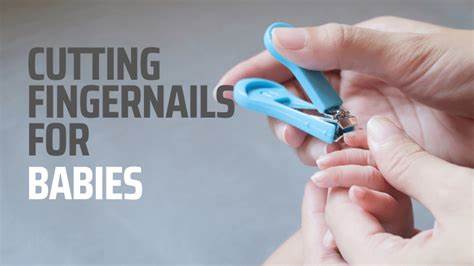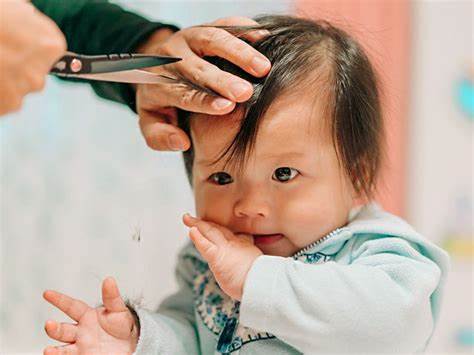Choosing the safest crib for your baby is one of the most critical decisions you’ll make when preparing for their arrival. A safe sleeping environment is paramount for preventing Sudden Infant Death Syndrome (SIDS) and other accidents. This guide will walk you through the essential factors to consider, ensuring you select a crib that provides maximum safety and peace of mind.
Understanding Crib Safety Standards
The first and most crucial step in choosing a safe crib is understanding and adhering to current safety standards. In the United States, the Consumer Product Safety Commission (CPSC) sets strict federal safety standards for all cribs manufactured and sold. These regulations are designed to prevent injuries and deaths associated with cribs.
Key CPSC Safety Standards to Look For:
- No Drop-Side Rails: Drop-side cribs were banned in 2011 due to serious safety risks. Even if a used crib looks intact, avoid it if it has a drop-side.
- Slat Spacing: Slats should be no more than 2 3/8 inches apart. If a soda can fits through the slats, they’re too wide.
- Firm Mattress Fit: The crib mattress should fit snugly with no more than a two-finger gap around the edges.
- No Corner Posts or Decorative Cutouts: These can catch clothing or entrap limbs, posing strangulation or injury hazards.
- Sturdy Construction: Check for solid assembly with no loose hardware, splinters, or peeling finishes.
- Non-Toxic Materials: Look for certifications like GREENGUARD Gold to ensure low chemical emissions.
How to Select a New Crib
Buying new helps ensure you’re getting a crib that complies with all current safety standards.
- Check for JPMA Certification: This voluntary seal indicates the crib meets or exceeds rigorous safety benchmarks.
- Double-Check Slats and Mattress Fit: Bring a tape measure or even a soda can to test slat spacing in-store.
- Inspect the Build: Watch for defects like splinters, misaligned parts, or poorly fastened hardware.
- Adjustable Mattress Heights: This feature is useful as your baby grows. The lowest setting helps prevent escapes.
- Firm Mattress Only: The surface should spring back quickly when pressed. Avoid anything plush or overly soft.
What to Avoid When Choosing a Crib
- Used Cribs with Drop-Side Rails: These are not safe under any condition.
- Missing or Damaged Parts: Any structural defect is a dealbreaker.
- Old Paint: Avoid cribs painted before 1978 due to the risk of lead exposure.
- Add-Ons Like Bumpers and Positioners: These are not safe for infants, no matter how cute or well-reviewed they are.
- Low-Hanging Mobiles: These can be strangulation hazards. Remove them once the baby can push up.
Setting Up the Crib for Safe Sleep
- Follow Assembly Instructions: Precision matters. Improper assembly can compromise safety.
- Always Back to Sleep: Babies should always be placed on their backs for sleep.
- Bare is Best: Only a firm mattress and fitted sheet should be in the crib.
- Room Share, Don’t Bed Share: Keep your baby nearby, but in their own sleep space.
- Strategic Placement:
- Away from windows and cords
- Not near vents or heaters
- Ensure all nearby electronics or lamps are secure
Regularly Check for Recalls
Even the best cribs can occasionally be recalled.
- Visit the CPSC Website: Regularly check www.cpsc.gov for the latest recall info.
- Register Your Crib: Complete the registration card to get direct updates if your crib is recalled.
By prioritizing these safety practices, you’ll be taking a proactive step in creating a secure, restful space for your baby to grow and thrive.





